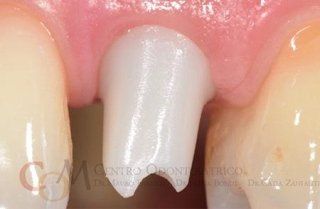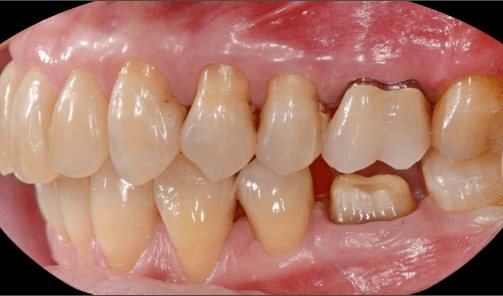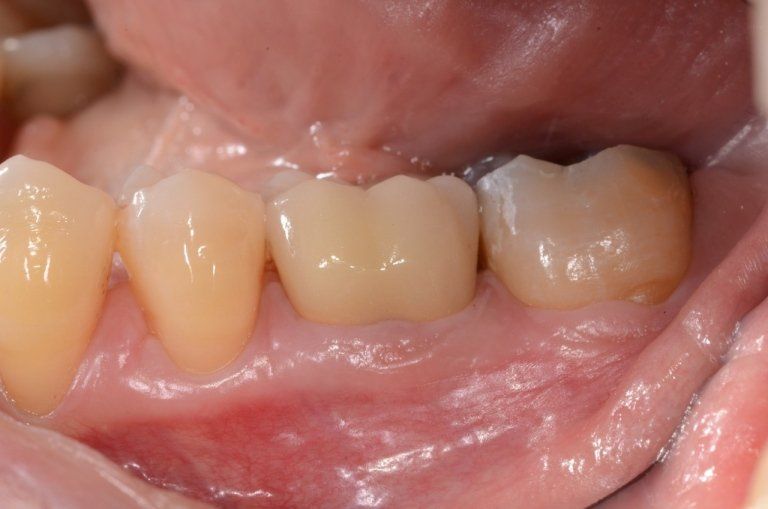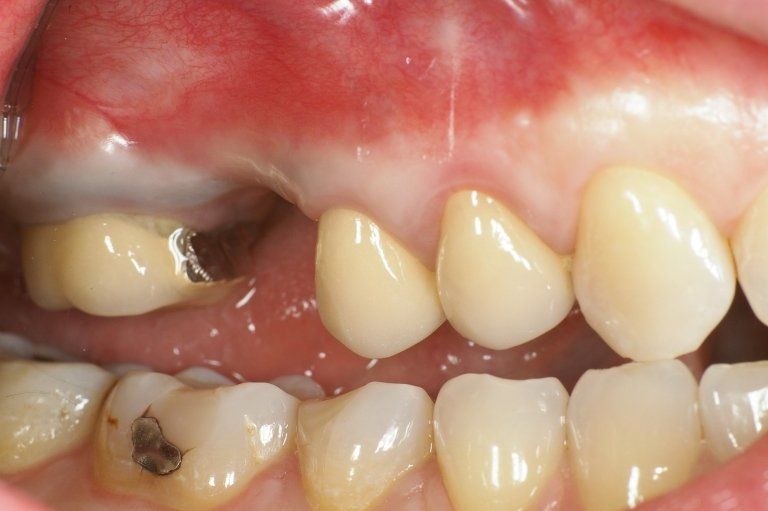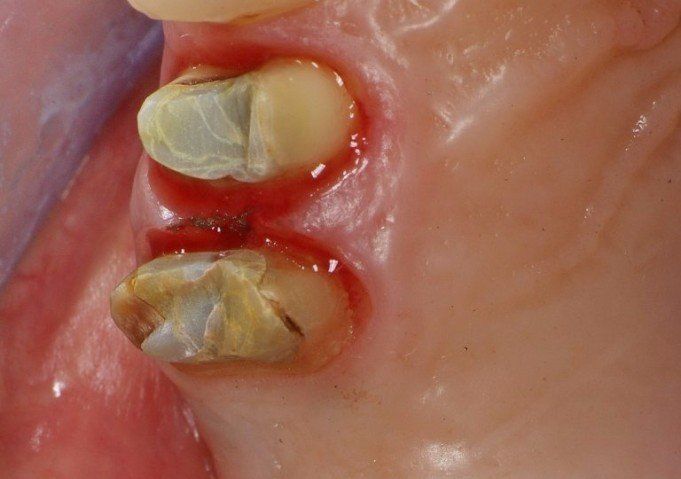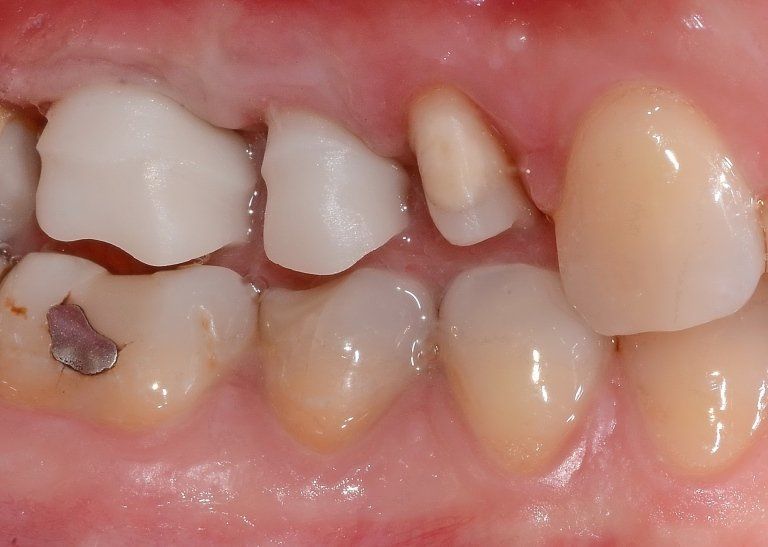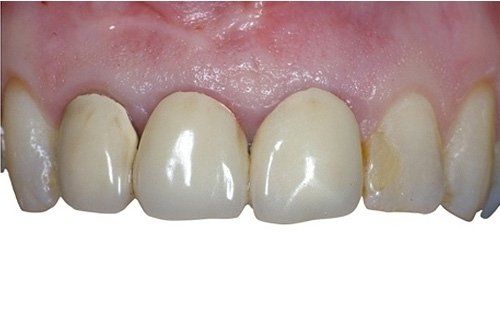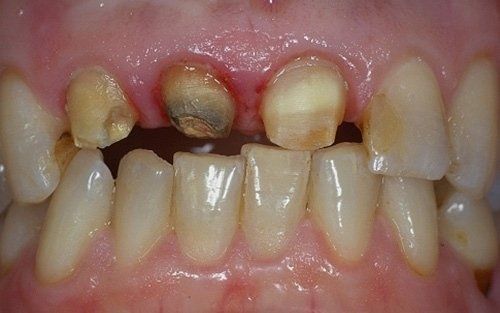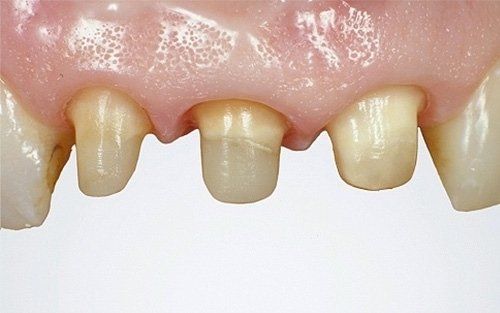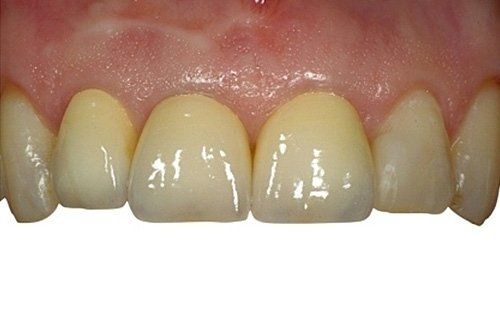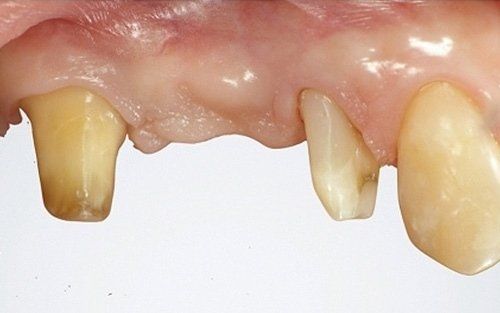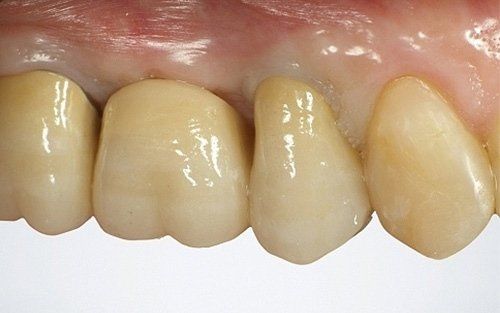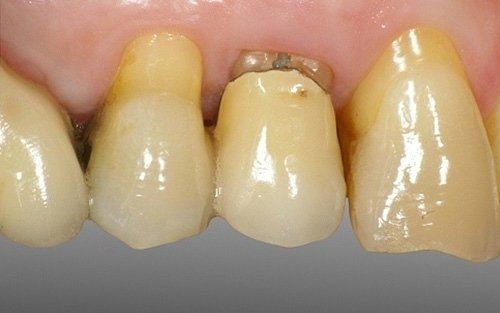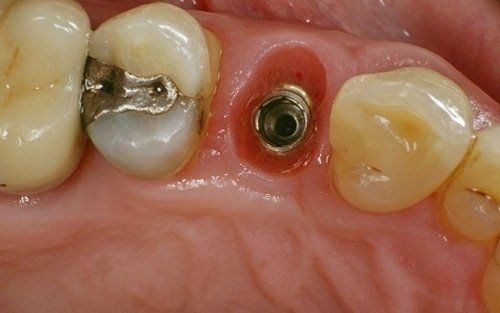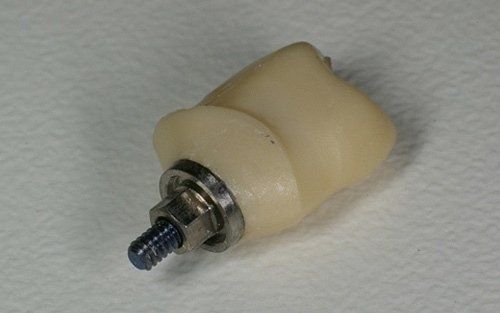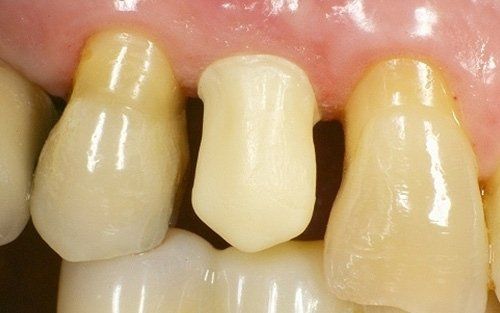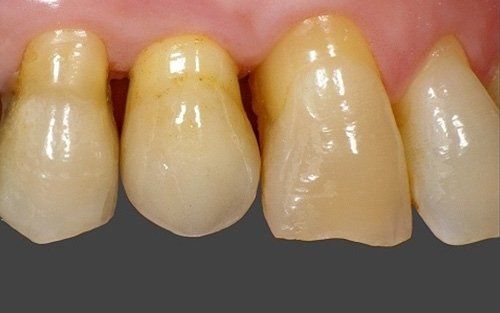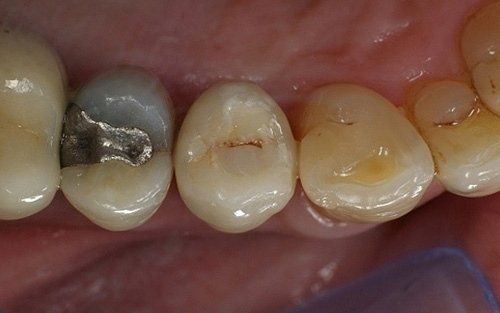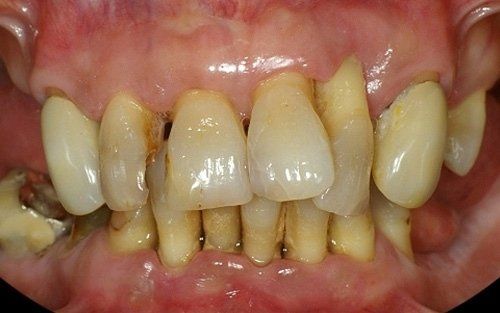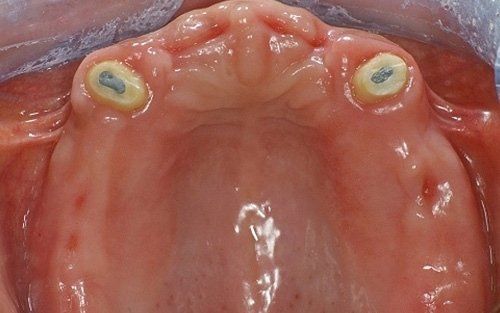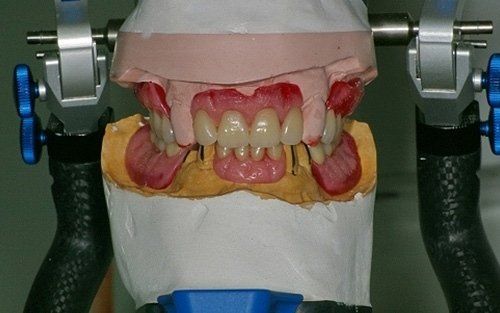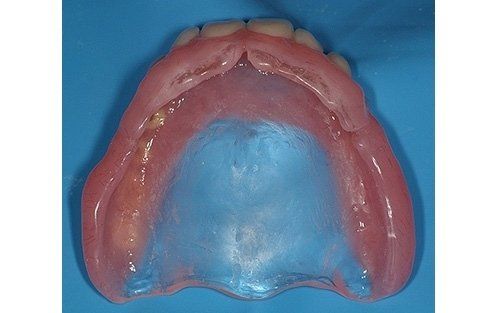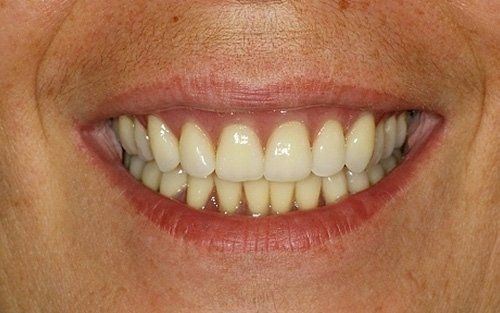Fixed and mobile prosthesis
Prosthetic dentistry is the branch of dentistry that restores and maintains the masticatory function through the restoration of natural teeth and / or the replacement of missing teeth and contiguous oral tissues by applying artificial devices. The fixed prosthesis deals with the restoration and / or replacement of teeth through structures that can not be removed from the mouth. Through this type of prosthesis, in the form of single crowns or bridges, it is possible to reconstruct and / or improve the shape, functionality and aesthetics of severely compromised teeth in all those cases where it is not possible to apply simpler forms of restoration. (see section dedicated to direct and indirect restoration).
The removable (or mobile) prosthesis allows the replacement of adjacent teeth and structures in totally or partially edentulous patients through artificial structures that can be removed from the mouth. In the case of partial dentures, the choice (in contrast to a fixed solution) depends on the number, position and conditions of the support structures of the abutment teeth present.
Instead, the total prosthesis must be used when it is necessary to compensate for the complete loss of toothing of one or both arches; it is essential that its packaging respect the residual oral structures in the most accurate way possible, in order to ensure their maintenance over time.



